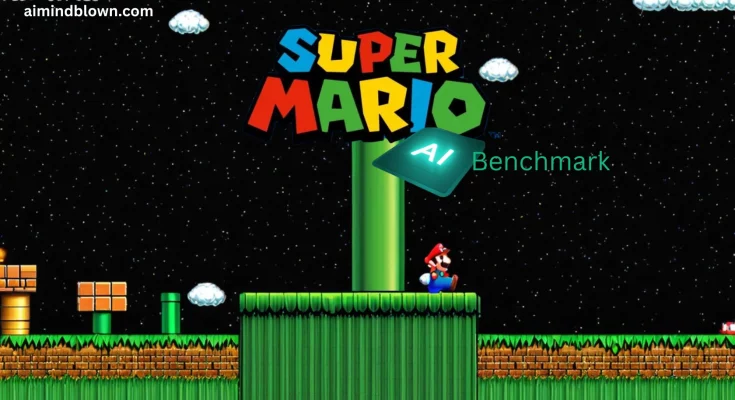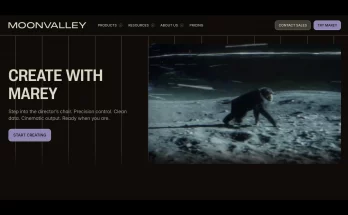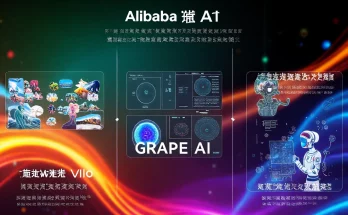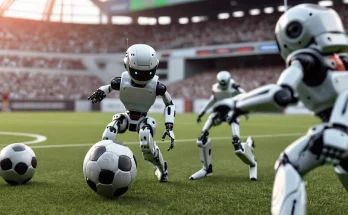In the ever-evolving world of artificial intelligence (AI), benchmarks are crucial for assessing the performance and capabilities of various models. Traditionally, games have served as a popular testing ground for AI, but the latest trend shifts the spotlight to none other than the classic Super Mario Bros. game. Researchers from the Hao AI Lab at the University of California San Diego recently engaged AI models in this iconic game, revealing some fascinating insights about AI’s adaptability and performance.
A New Challenge: Super Mario for AI
The Hao AI Lab explored the capabilities of different AI models in a real-time gaming environment. The models were tested within an emulator that utilized a framework called GamingAgent, designed to allow AI components to interact directly with the game.
How GamingAgent Works
- Developed in-house by the Hao team, the GamingAgent framework feeds the AI essential in-game instructions and visual data.
- Basic commands include movements such as “move/jump left to dodge” when an obstacle or enemy approaches.
- The AI translates these commands into executable Python code to control Mario during gameplay.
This innovative approach puts AI in a position to “learn” through active gameplay, fostering the development of complex maneuvers and strategic planning.
Results: Who Came Out on Top?
The evaluation included several AI models, with Anthropic’s Claude 3.7 taking the lead, followed closely by Claude 3.5. However, other models, including Google’s Gemini 1.5 Pro and OpenAI’s GPT-4o, showed less impressive results.
Understanding AI Model Performance
- Reasoning models like OpenAI’s o1, which tend to break down problems step by step, surprisingly performed worse in this gaming scenario.
- This outcome raises questions about the efficacy of reasoning models in dynamic environments where decisions need to be made instantly.
- The lag time in decision-making played a critical role, particularly in a fast-paced game like Super Mario, where split-second timing is essential.
The testing demonstrated that a second’s delay could mean the difference between success or failure, impacting the overall performance of reasoning-based AI models.
The Evaluation Crisis in AI
These findings resonate with recent discussions within the AI community regarding the “evaluation crisis”. According to renowned research scientist Andrej Karpathy, there remains significant uncertainty about how well AI models are performing against various benchmarks.
His sentiments, shared in a post on the social media platform X, underline a critical point: the current benchmarking landscape and metrics we are utilizing may not accurately reflect AI models’ real-world capabilities.
The Issue with AI Gaming Benchmarks
- Gaming benchmarks offer an abstract representation of intelligence, one that may not directly correlate with real-world applications.
- The nature of video games provides relatively simple environments that afford an infinite data pool for training AI.
- These discrepancies raise concerns over the validity and reliability of gaming benchmarks as a measure of genuine AI advancement.
Why Super Mario?
So, what makes Super Mario Bros. such a compelling choice for AI benchmarking? The game combines several key elements:
- Real-time decision making: Players must react to a constantly changing environment, making gravity, enemy movements, and obstacles critical factors in gameplay.
- Complex navigation: Success necessitates mastery of various platforming mechanics and understanding the timing of jumps and movements.
- Resource management: Players must effectively utilize power-ups and avoid dangers, simulating a layer of strategic planning.
These aspects encompasses challenges that mimic the dynamic situations AI might encounter in more complex, real-world scenarios.
The Future of AI Benchmarking
The discussion surrounding AI benchmarking is far from settled, and as the community unravels the implications of these findings, it is clear that Super Mario Bros. could play a pivotal role in shaping future evaluation approaches.
What Lies Ahead
Moving forward, AI researchers will likely continue to refine benchmarks to ensure they accurately assess true intelligence capabilities. The outcomes of this latest study are indicative of the intricate relationship between AI, gaming, and real-world applications.
Though games are a fun and intriguing environment for testing AI, understanding their limitations is equally vital. Researchers and developers will need to strike a balance between the engaging challenges presented by games like Super Mario and the complexities inherent in the real world. Only then can we harness AI’s potential to transform various sectors and enhance technological advancement.
Conclusion
As the conversation around AI continues to evolve, the role of gaming, such as Super Mario, as a benchmark should not be underestimated. While it presents an enjoyable avenue for testing AI capabilities, careful consideration and critical analysis will be essential as we strive to develop models that can navigate the intricate and often unpredictable nature of real-world tasks.



